Goddess Durga with her ten hands and four children are here. She rides the lion and vanquishes the Asura – the demon. We celebrate her arrival on earth.
The four-day celebration has just begun. It’s that time when in India and Bengal and wherever we are, religion melts with social traditions, rituals melt with art, and fun melts with food.
Hindu Durga Puja is all about society and religion, fun and frolicking, and art and food.
And artistic food. You would miss out a lot if you didn’t know.
Let me help you to know.
I’m not talking about the enormous variety of food that you can get on the streets of Indian cities and towns and villages at this time. That is a separate subject altogether to write on. And a fascinating subject too. In fact, one could do a doctoral dissertation on the street foods in the city of Calcutta. It’s that vast and variety.
I’m now talking about the food that is offered to Goddess Durga and her four divine children – Lakshmi, Saraswati, Ganesha and Kartik. This is the food and fruit offering we call Prasad in Bengali (Sanskrit: prasadam). It’s pure and it’s pristine. Everything is picked and washed and cleaned and cooked with extreme care. After all, we’re offering them to Mother Goddess. They must be the best and holiest.
Even the cooking medium: the ghee and other milk products and oil are carefully chosen. The pots and pans the priests choose for their cooking and cleaning associates are also new and untouched. Or, in many cases, for practical economic reasons, are very well washed many times with home-made cleaning mediums, before they are ready again for the religious offering. And these are pots and pans exclusively stored for the puja purposes. Nobody uses them for any other reasons. Never.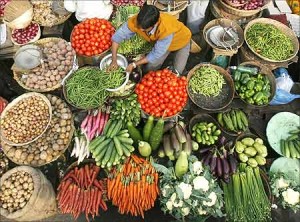
And what do they cook? Well, there is no lack of fruits and vegetables at this time of the year. And tropical Bengal and tropical India are abound with Mother Nature’s blessings.
Talk about fruits first. Mangoes, bananas, jicamas, papayas, berries, currants, watermelons, apples, cucumbers. Grapefruits, litchis, cantaloupes and carambolas. Coconuts and sapodillas. The famous Bengal jackfruit — both ripe as a fruit, and green as a vegetable. Sugarcanes and plums and prunes. And many, many more, and their many more varieties. In fact, in my own life, except for Thailand, I have never found so many diverse varieties of delicious fruits in one geographical region.
They are all gathered together for the priests’ offering to the Mother.
Let’s talk about the vegetables and what they cook with the vegetables at this time.
Early in dawn, you can find a number women – married or not – busy washing and chopping vegetables for the morning puja. They would mandatorily take a shower and wear new clothes before they begin their duties. This is a sacred duty, and one must be pious and clean for it.
So, they have eggplants and okras (in Bengal and India, okra is known as Lady’s Finger, ha ha!). They have the many types of squashes and gourds. They have potatoes of course – a chief ingredient in Indian cooking. They have the popular Bengali vegetable called Patol (see picture). They have gourds. They have melons and bitter melons. They have the many varieties of greens we call Shaak (or more popularly known as Shaag, as in Shaag Paneer). Luffas and bell peppers. Cauliflowers and cabbages and tomatoes and turnips. Radishes and sweet potatoes. And so much more.
And talking about paneer, milk and milk products are absolute musts in any Hindu religious ceremony. And sweets made out of the home-made cheese out of cow’s milk. We’ll talk about sweets later (slurp and drool 🙂 )
All the vegetables and fruits and oil and ghee and spices and everything are natural and freshly harvested or made, and nobody would accept anything coming out the mass manufacturing plants. We do not allow GMOs or anything artificial in our puja ceremonies.
But no onions, and no garlic. For some reason, they are excluded.
Once the Prasad is offered to Mother Durga and her four divine children, we devotees and observers and onlookers and lurkers are given a share of the Prasad.
We gleefully eat. And chat. And laugh.
It’s fun. Fun with food. Food and fun.
Let’s rejoice.
###

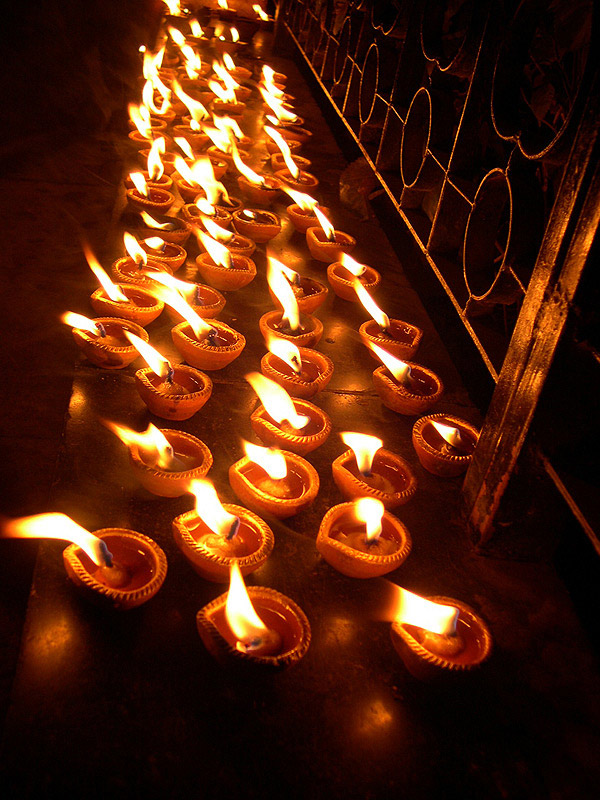
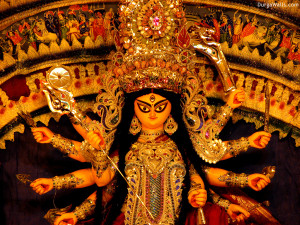
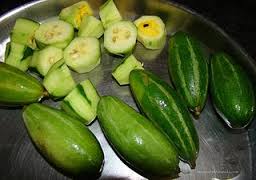
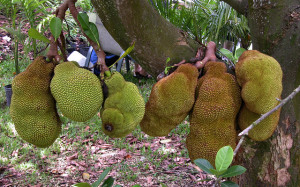
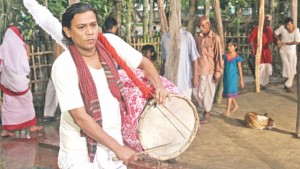
Awesome write up Partha da
Keep writing ✍
Happy am I to learn some more on the Goddess